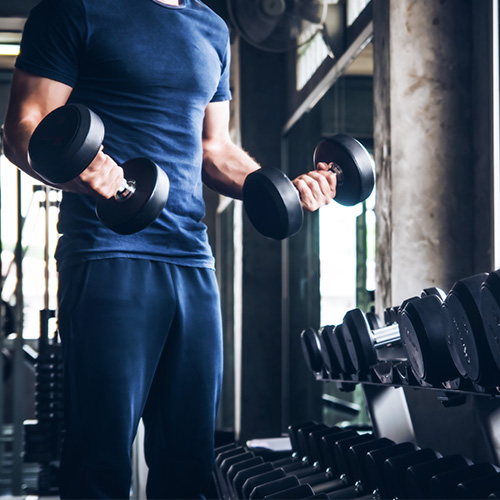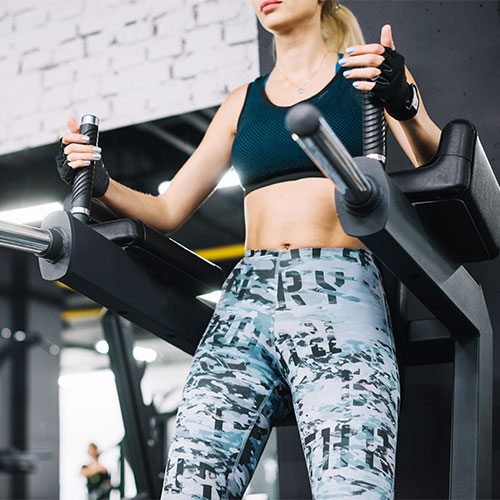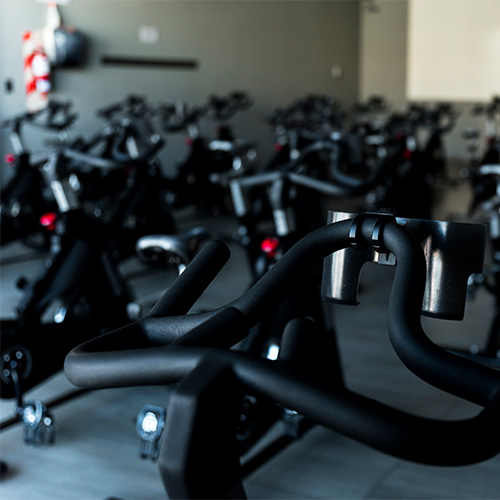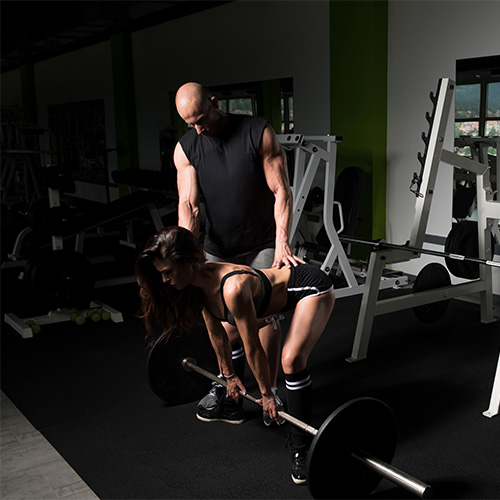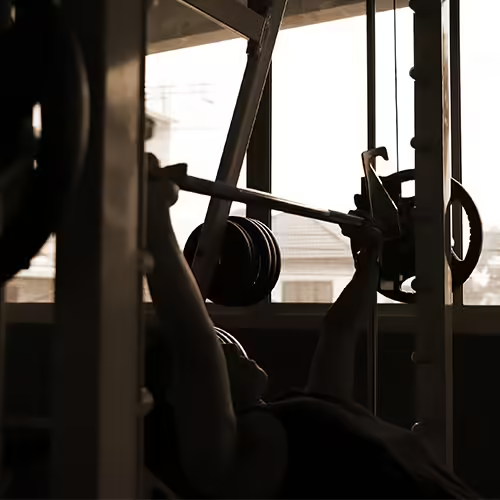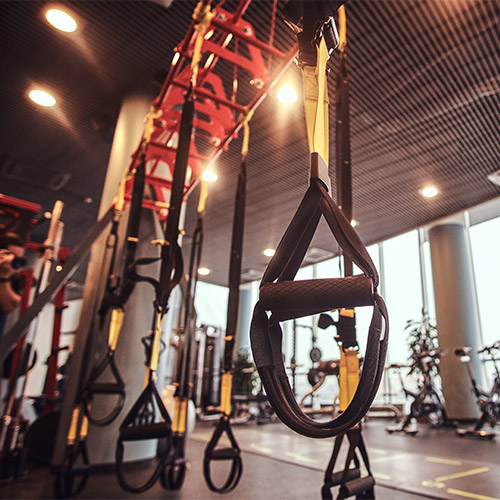Choosing home fitness equipment is an important investment that not only affects budget and space, but also directly impacts your fitness performance and willingness to stick to it. How to avoid impulsive consumption and idle equipment when facing the dazzling array of products in the market? This article will systematically sort out your purchasing ideas and help you find the truly suitable fitness partner.
1、 Clarify your core fitness goals
The first and most important step in purchasing is to clarify the main purpose you hope to achieve through exercise. This directly determines the type of equipment and the direction of investment.
Core considerations for recommended equipment types for fitness goals
Weight loss shaping/cardiovascular function improvement: Treadmills, rowing machines, elliptical machines, spinning bikes, continuous aerobic exercise, calorie consumption, joint friendliness
Muscle building and strength training with dumbbells, kettlebells, barbells, and multifunctional trainers (such as Smith machines and gantries), including resistance adjustment range, movement diversity, and safety
Flexibility, rehabilitation and mild activity yoga mat, elastic band, foam shaft, fitness ball portability, versatility, comfort
The safety and difficulty of using elliptical machines, rowing machines, adjustable dumbbells, and yoga mats for different age groups are adjustable and suitable for the whole family
Key points for thinking:
- Weight loss priority: Aerobic devices are the preferred choice. Rowers can exercise about 84% of the muscles in the body and exert less pressure on the knees. The elliptical machine (spacewalk machine) is very knee friendly.
- Muscle building is the main focus: free weight (dumbbells, barbells) and fixed equipment (multifunctional trainers) have better effects. For newcomers, it is best to have a professional coach to guide them when using large combination equipment.
- Limited space and budget: Start with small equipment such as dumbbells, elastic bands, and yoga mats, which are cheaper and can be used for full body exercises.
2、 Evaluate your home space and environment
Space is the key hard constraint that determines the type and size of equipment.
- Adequate space: If you have a dedicated room or spacious area, you can consider large strength equipment (such as a comprehensive trainer), standard treadmills, or elliptical machines.
- Limited space: Prioritize foldable treadmills, rowing machines, or adjustable weight dumbbells and kettlebells. A small multifunctional trainer (such as a squat stand combined with a pull-up bar) can also achieve various training in the smallest space.
- Environmental friendliness: It is essential to consider the issue of noise. Treadmills may be noisy, while spinning bikes and elliptical machines are usually quieter. Lay anti smashing pads under the equipment to protect the floor and reduce vibration and noise.
3、 Consider the core quality and safety of equipment
For household appliances, workmanship, material, stability, and safety are far more important than additional intelligent features.
- Structure and Material: Check whether the welding points of the equipment are smooth and firm, and whether the connecting screws are tightened. The main frame should be made of high-strength steel to ensure stability and load-bearing capacity.
- Security design:
Aerobic equipment (such as treadmills) should be equipped with a safety emergency stop switch or safety clip.
Power equipment (such as Smith machines) should have safety locks or limiters.
The clamps of weight equipment (such as barbells) must be reliable.
- Comfort of use: If conditions permit, it is very important to try it out in person. Experience the shock absorption effect of a treadmill, the comfort of a spinning bike seat, and the grip of a dumbbell.
4、 Make wise choices based on budget
Set a reasonable budget range and search for the most cost-effective option within it.
- Economical (entry level): elastic band, yoga mat, small weight dumbbells, foam shaft. Low investment, very suitable for beginners to cultivate exercise habits and conduct basic training.
Advanced type: Adjustable weight dumbbells/kettlebells, home rowing equipment, foldable treadmills, fitness bikes. This type of equipment can provide a more comprehensive training experience and is the mainstay of home fitness.
Professional type: Large multifunctional comprehensive trainer, high-end treadmill, elliptical machine, Smith machine. Suitable for users who have high requirements for fitness, sufficient space, and a rich budget.
5、 Practical tip: Avoid idleness and persist in exercise
Buying it home is just the first step, making it work is the key.
- Prioritize equipment that you will use frequently, rather than those with the most comprehensive functions but complex operations. Simple equipment is often easier to stick to.
- Pay attention to placement and atmosphere: Place equipment in ventilated, bright, and easily accessible areas, rather than dark corners. You can pair it with a mirror to check your movements.
- Develop a simple and easy to implement plan, such as walking or running on a treadmill for 40-50 minutes 3-4 times a week.
- Safety always comes first: fully warm up, learn the correct posture (refer to teaching videos or consult professionals), act within your means, and avoid injury.
Conclusion: Choose the right one, not the most expensive one
The best home fitness equipment is the one that best fits your goals, space, and budget, and that you are willing to continue using. It may not be the smartest or most expensive, but it is definitely a reliable companion that can help you develop healthy lifestyle habits and enjoy the fun of exercise.
I hope this guide can help you clarify your thoughts, make the most suitable choices for yourself, and take the first step towards home fitness.

